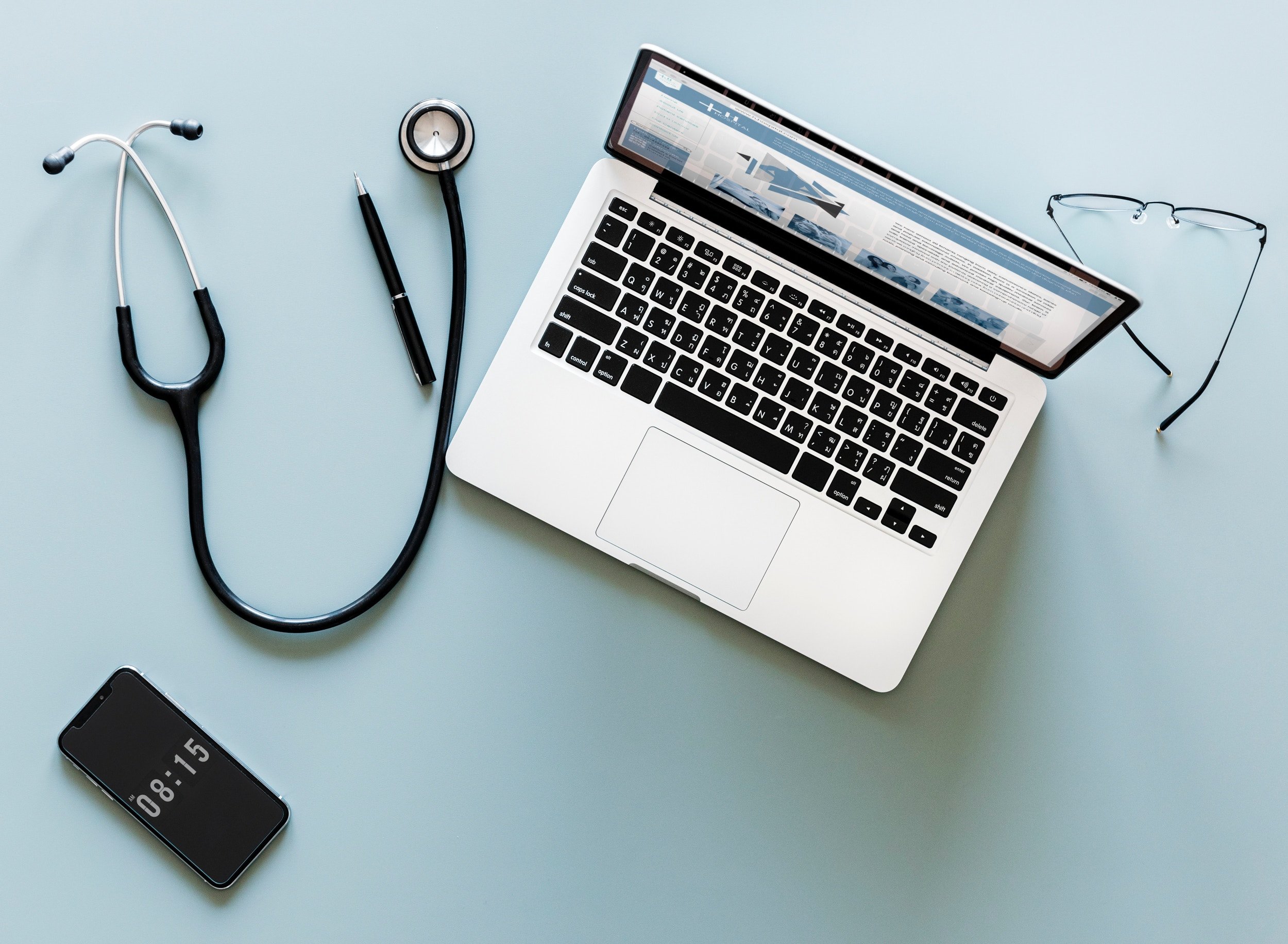
Gym Jumping Woman - Image by StockSnap for Pixabay
Trying to cancel your gym membership can be more tiring than actually attending that kickboxing class you keep skipping. Getting out of your gym contract can be so tough that people are going to great lengths to avoid paying any penalties. After going into debt living a lifestyle she couldn’t afford, this woman forged fake





